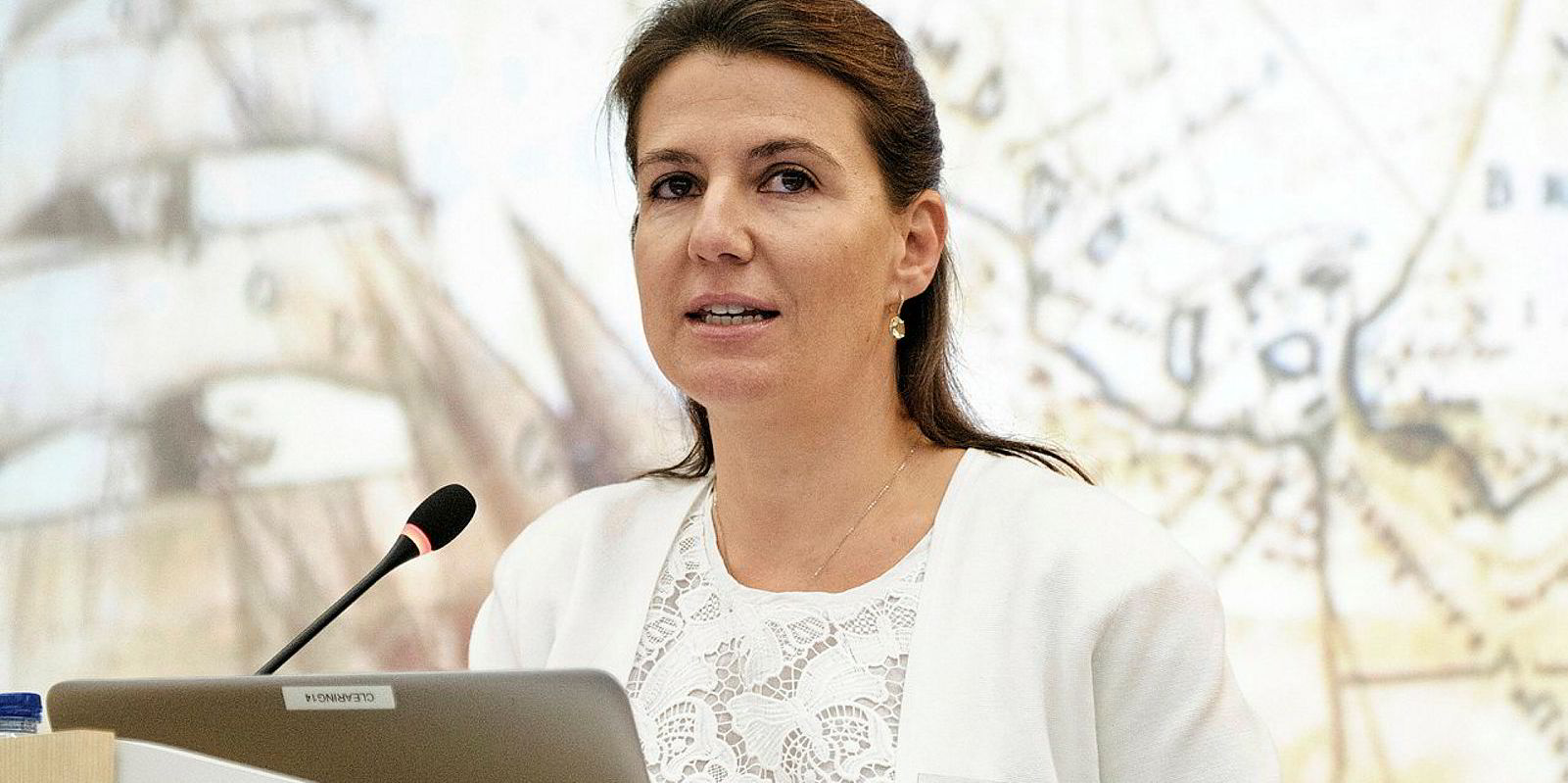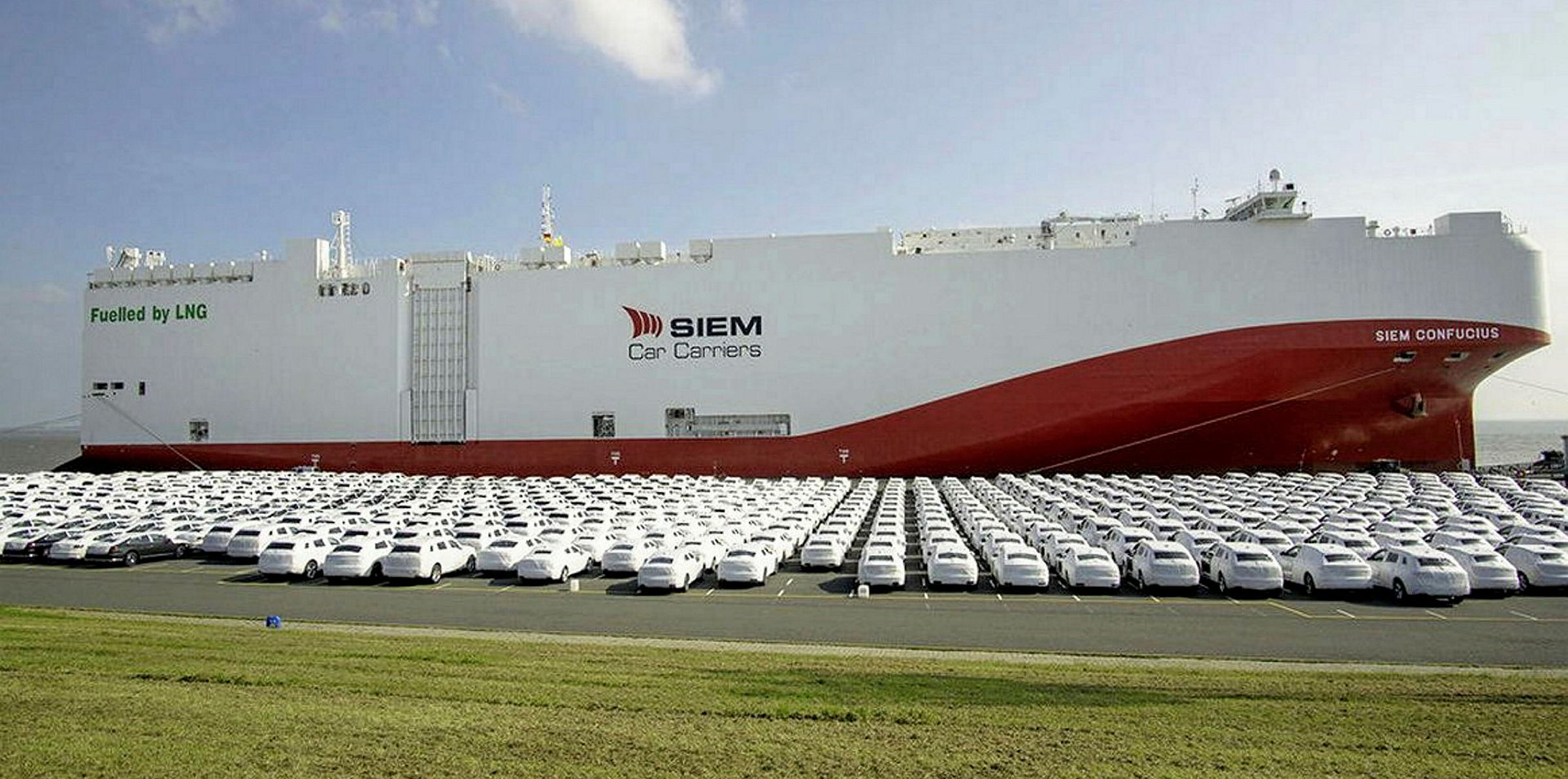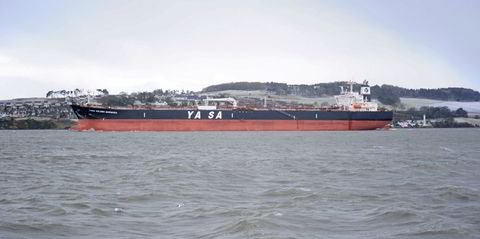There is huge secrecy around marine engine designs and the shipping industry’s intense focus on reducing its greenhouse gas emissions only heightens the tension for any new launch.
The anticipation was palpable last week as engine designer WinGD finally revealed the results of five years' work and took the wraps off its long-awaited X-DF2.0 low-pressure dual-fuel engine.
The company claims the new design can reduce methane slip — the amount of methane released into the atmosphere during the combustion process — by up to 50% when using LNG and cut fuel consumption by 3% in gas mode and 5% when operating on diesel.
WinGD global director of sales Volkmar Galke calls X-DF2.0 an “engine concept”.
As a propulsion system it is WinGD’s original X-DF engine — '1.0' — but with the all-important add-on of intelligent control by exhaust recycling, or iCER. Essentially, this involves using inert gas to moderate the intensity of the combustion process, giving greater control over it.
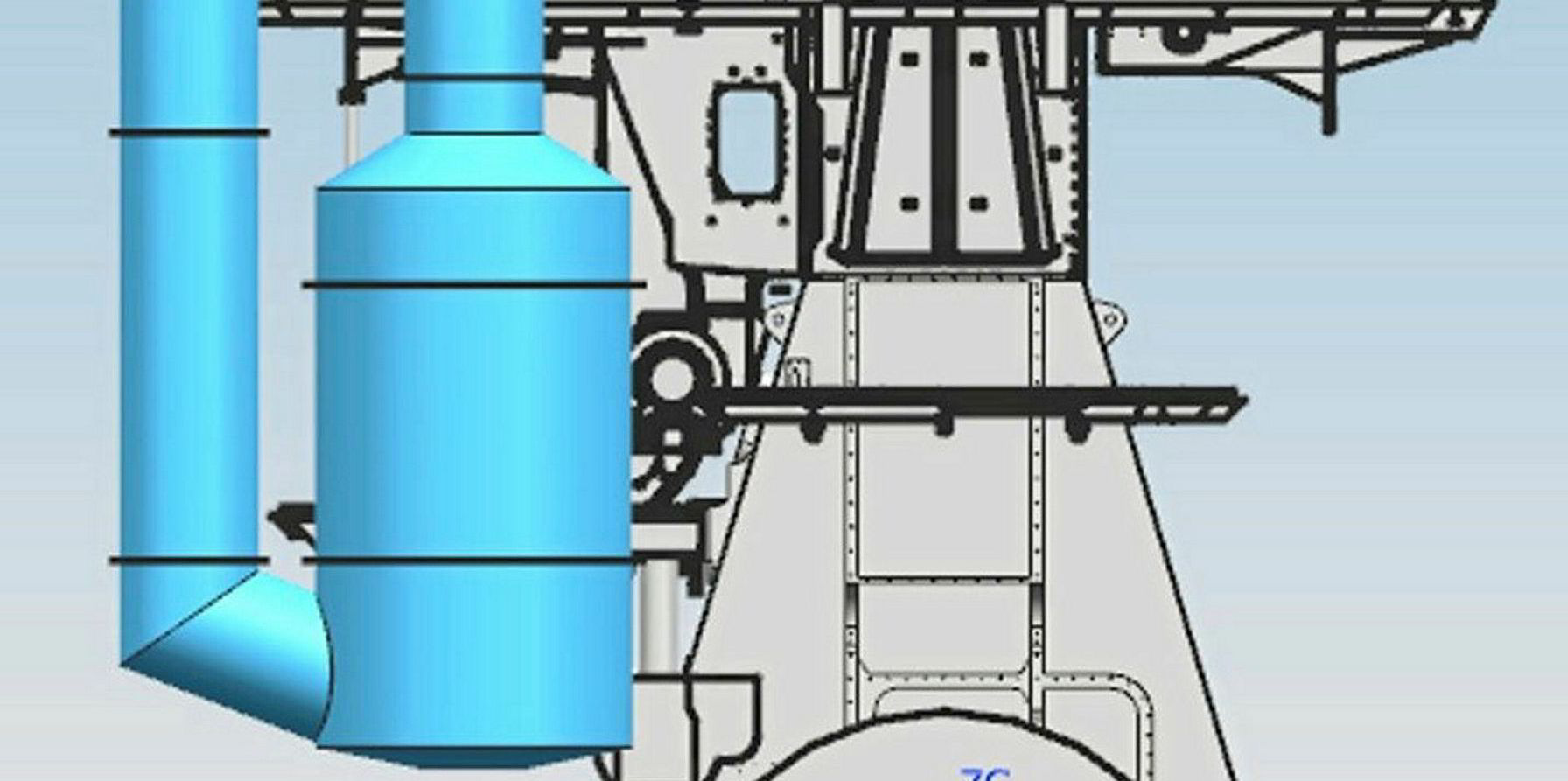
Speaking to TradeWinds after the grand unveiling, Galke said the driver for the design has been the market, with the company coming under pressure from owners, especially in Greece, who want the iCER application.
WinGD vice president for research and development Dominik Schneiter said: "Their [owners'] fundamental interest is to have high efficiency and reduce methane slip because they feel the IMO will come up with tougher regulations in the future and they want to mitigate this risk.”
Game changer
While the iCER is the key game changer for X-DF2.0, WinGD said other technologies will be added. Galke conceded this had led some shipowners to respond that they will wait until the 2.0 is “market ready”. But he added WinGD cannot develop everything at once.
“We have to have reliable and tested technologies coming into the market and so we have to go step by step,” Galke said. “The first step now is the iCER and it is a big step.”
The company is also watching how the market moves on preferred new fuels for shipping so that it can align its technologies, he added.
WinGD is testing a prototype of the X-DF2.0 on a small containership of under 2,000 teu. But it expects a first commercial application will be for the sixth in a series of newbuildings under construction at a Chinese shipyard.
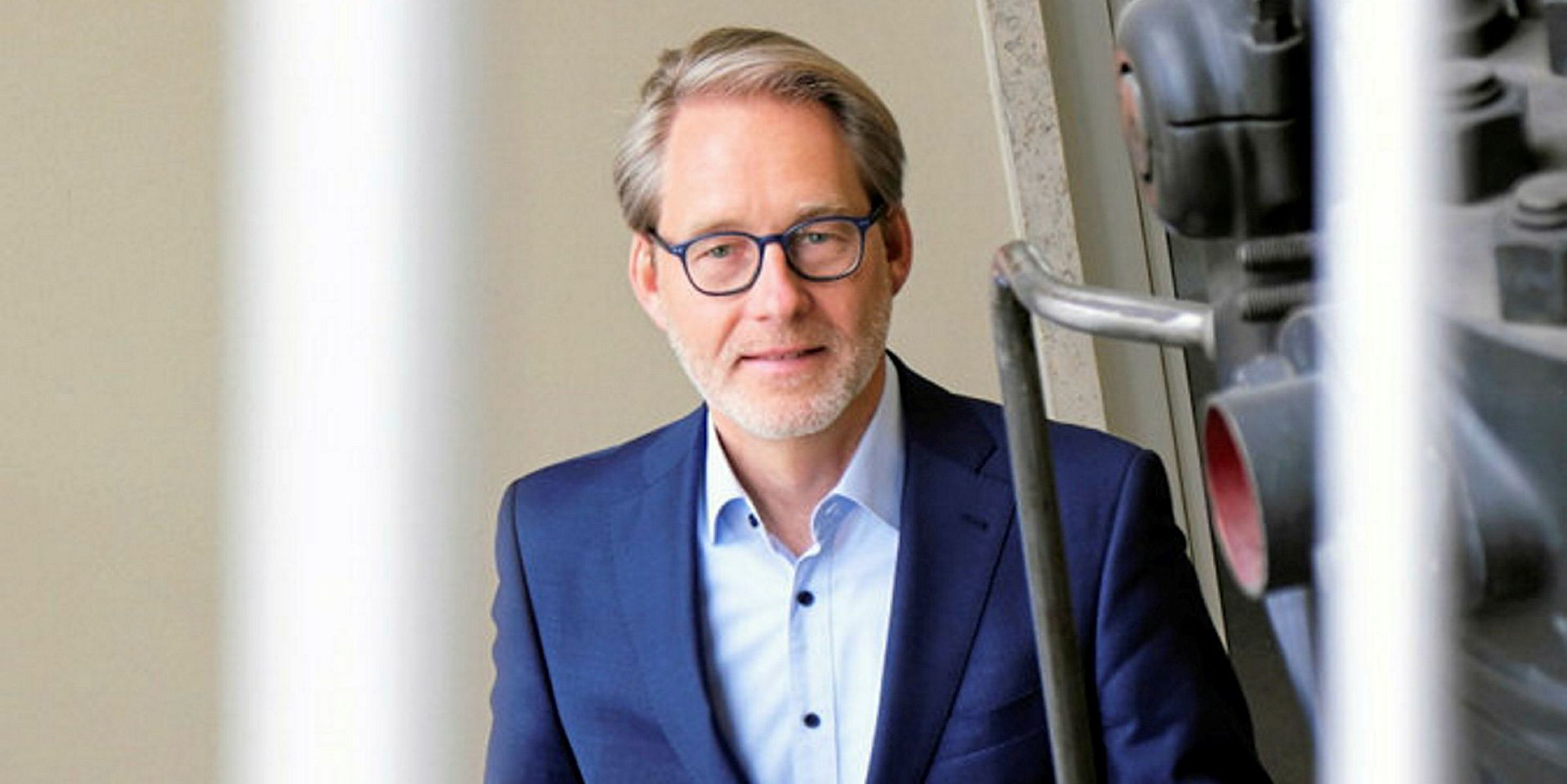
Galke said WinGD also has many ongoing project discussions for potential orders, where the technical details have been mapped out.
But despite the improvements the 2.0 design offers, the WinGD team appreciate they are dealing with very conservative customers who prefer to see new technologies in action before they buy.
“We need to convince some first movers to install the technology and as soon as there is some service experience available in one or two years, then there will be the copycats coming," Schneiter said.
Payback
Neither Galke nor Schneiter are keen to talk about costs. As the designer, it is WinGD’s licensed engine builders who will build the new systems and the yards that will cost them in to the price of a newbuilding.
But Galke described the payback period as "short" for LNG carriers and "adequate" for LNG-fuelled vessels.
Schneiter said fitting an iCER is “not as intense” as installing a scrubber.
For a newbuilding, the iCER can be sited either in the engine room or in the funnel.
There is a preference to install it in the engine room, as that can give more flexibility in controlling the unit, Schneiter said.
But the iCER can also be retrofitted to vessels.
Schneiter said WinGD could supply the entire equipment in a tower arrangement so it can be simply lifted into or beside the existing funnel.
He said the fitting process could be carried out during a normal two-week dry-docking. It would also be possible to bring some of the equipment on board and set it up while the vessel is sailing, with the connection and testing done later. However, it must be planned carefully, he stressed.

Schneiter said for existing large containerships there is likely already enough space in the funnel to accommodate the unit. But WinGD is also discussing with some shipowners about building their vessels X-DF2.0 ready to facilitate a subsequent retrofit.
“The bigger the ship, the bigger the business case,” Schneiter said, explaining that if by opting for the iCER an operator is able to reduce a vessel’s fuel consumption by several grams per kilowatt hour, then the retrofit will pay off “pretty fast”.
He is convinced that LNG carrier owners will opt for these as he believes the cost of the unit will be paid off several times in the ship's lifetime.


